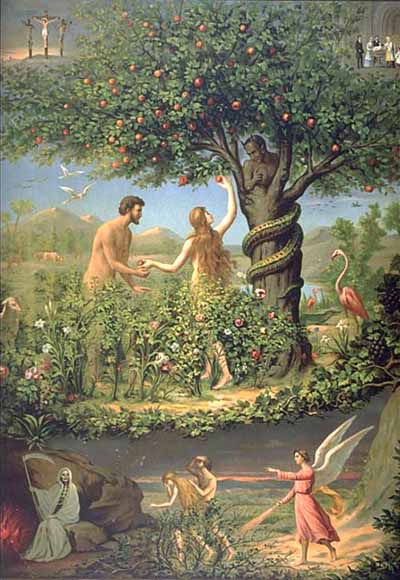
When curators at the Currier Museum of Art came upon a 15th-century rendition of the Madonna and the Christ child that had been stored away for decades, an investigation ensued.
The piece, which depicts a seated Virgin Mary holding a slightly plump Christ child, was thought to be the work of a skilled 19th-century artist whose forgeries had ended up in famous museums. "A prominent art historian declared it a fake," said Kurt Sundstrum, associate curator for the Currier. "He was 100 percent certain that it was a fake."
But that same art historian was in for a surprise. Upon further study and an analysis of the paint, the piece was dated to the 1400s and declared an authentic work by the artist Antonio Rossellino. "It's of huge importance for us," Sundstrum said. "It's not often for a museum like us that you literally rediscover a masterpiece in the basement."
Rossellino's "Madonna and Child," a relief in an elaborate frame that has somehow remained intact over centuries, is one of many artworks that have been brought out from the "basement" and into the expanded exhibition space of the museum.
The $21.4 million expansion has added 33,000 square feet to the museum, including five new galleries. The museum can now show 50 percent more of its collections – that also means more room for a diverse selection of newly acquired art.
The Rossellino piece had not been exhibited in many decades. During the 21 months the museum has been closed, it was cleaned up and restored. In addition to wormholes in the wooden frame, there were burn marks left by candles that had probably been used for religious purposes. The piece had perhaps served as a devotional object in someone's private home, Sundstrum said."It looks better than I would at 500 years old," he added.
Also rediscovered were two medieval wooden sculptures by anonymous artists from France and Northern Italy – both depicting the Madonna and Christ child in a style typical of the medieval period, according to Sundstrum, with a fully clothed child whose adult features imply Christ's divine nature.
"In the Renaissance, we see him as a baby and we see him nude, showing that he was actually human," Sundstrum said.
Diane Ellis, a docent who has been volunteering as a tour guide in the museum for about six years, hadn't seen one of these sculptures in years. "It's kind of an old friend," said Ellis, who lives in Nashua. "The smaller one I had never seen, and it is so remarkable that they are in wood and have been preserved so well."
The medieval sculptures and the Rossellino piece are in the newly designed European gallery on the first floor, along with a remarkable 500-year-old Franco-Flemish tapestry called "The Visit of the Gypsies," which depicts a band of gypsies descending on a gathering of aristocrats and surreptitiously picking pockets and committing other forms of trickery, such as palm reading.
"This piece is so large, we hadn't been able to exhibit it in the context of work in the same period," said Susan Strickler, the museum's director.
"It straddles the gothic and Renaissance periods."
The tapestry, which had served as both an entertainment piece with its many dramatic scenes (the equivalent of going to the movies, according to Strickler) and as insulation on the frigid castle walls of the 16th century, was taken down several years ago in order to be cleaned in a textile conservation lab. It will be on display for limited periods of time in order to help preserve it. The dim lighting in the room also helps to protect the dyes – which were derived from insects or plants and are still vibrant in some cases – from fading.
Also on the first floor is an unprecedented look at the museum's extensive glass collection, which includes Tiffany glass and a wide selection of Victorian art glass, all in specially designed shelves. Bill Marcoux, of Nashua, is on the Currier's advisory council and had a chance to browse through the glass pieces that had been in storage.
"When I saw what they had, I was shocked," Marcoux said.
"They have some very important pieces of Tiffany glass, which you would not normally see in a small museum."
In addition, the museum has one of the top five collections of paperweights in the country, Marcoux said. About 100 of the museum's 350 paperweights are now on view. "Some are major items in their own right," he said. "They make each little piece and put them together with heat and encase it in glass. It's a real art form."
Among the new acquisitions is "Helen of Troy," by Hendrick Goltzius, an important Dutch painter who worked about a generation or two before Rembrandt. The painting appeared only briefly in the museum before it closed for expansion work, and the museum has since acquired it.
The idealized portrait depicts a woman dressed in the role of Helen of Troy with her hair impeccably bejeweled and arranged around a horn-like accessory. The painting has earned a spot on the Ultimate Hair tour, one of several tours promoted in various brochures – a part of the museum's effort to enliven its approach to visitors.

























